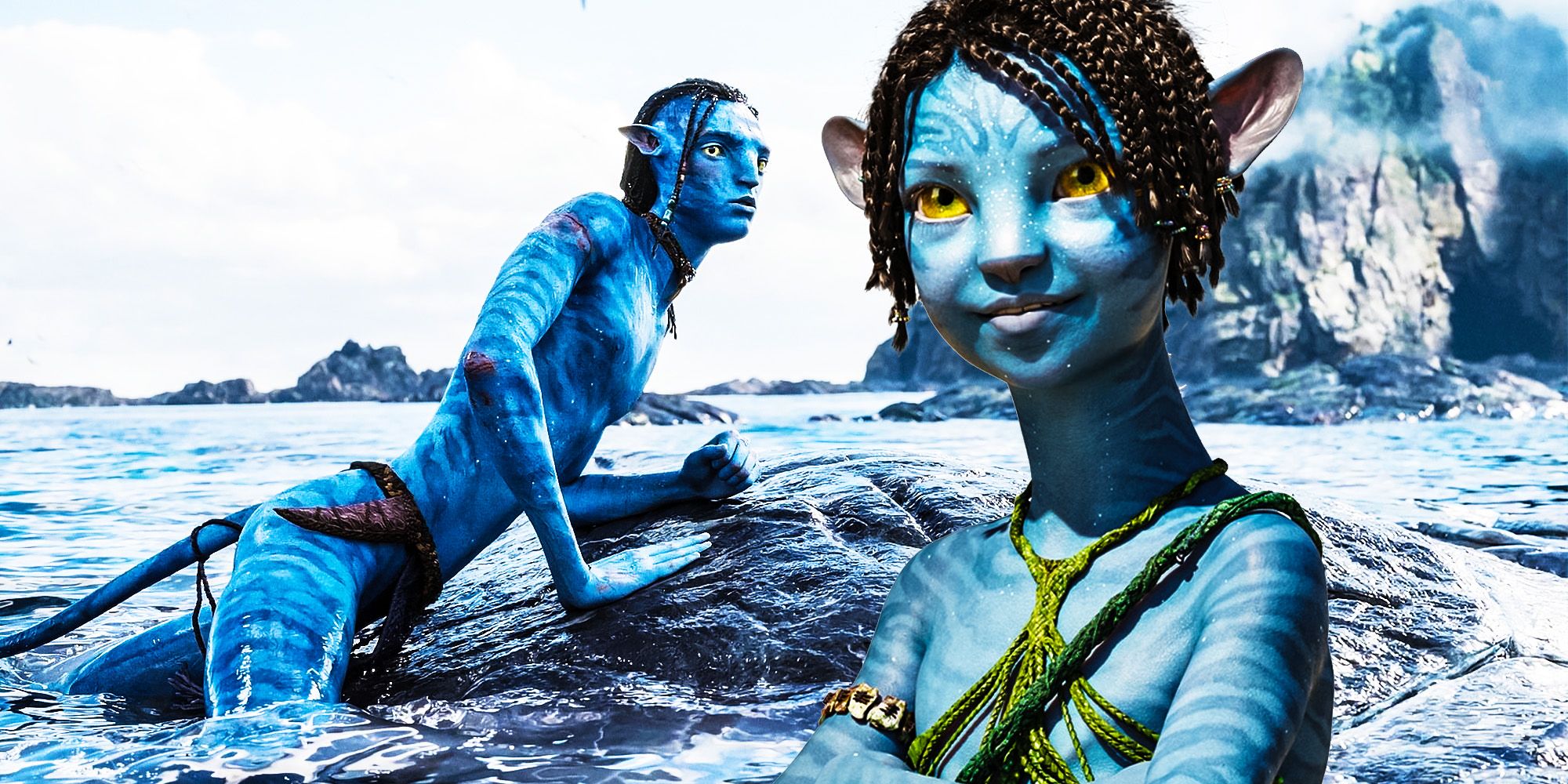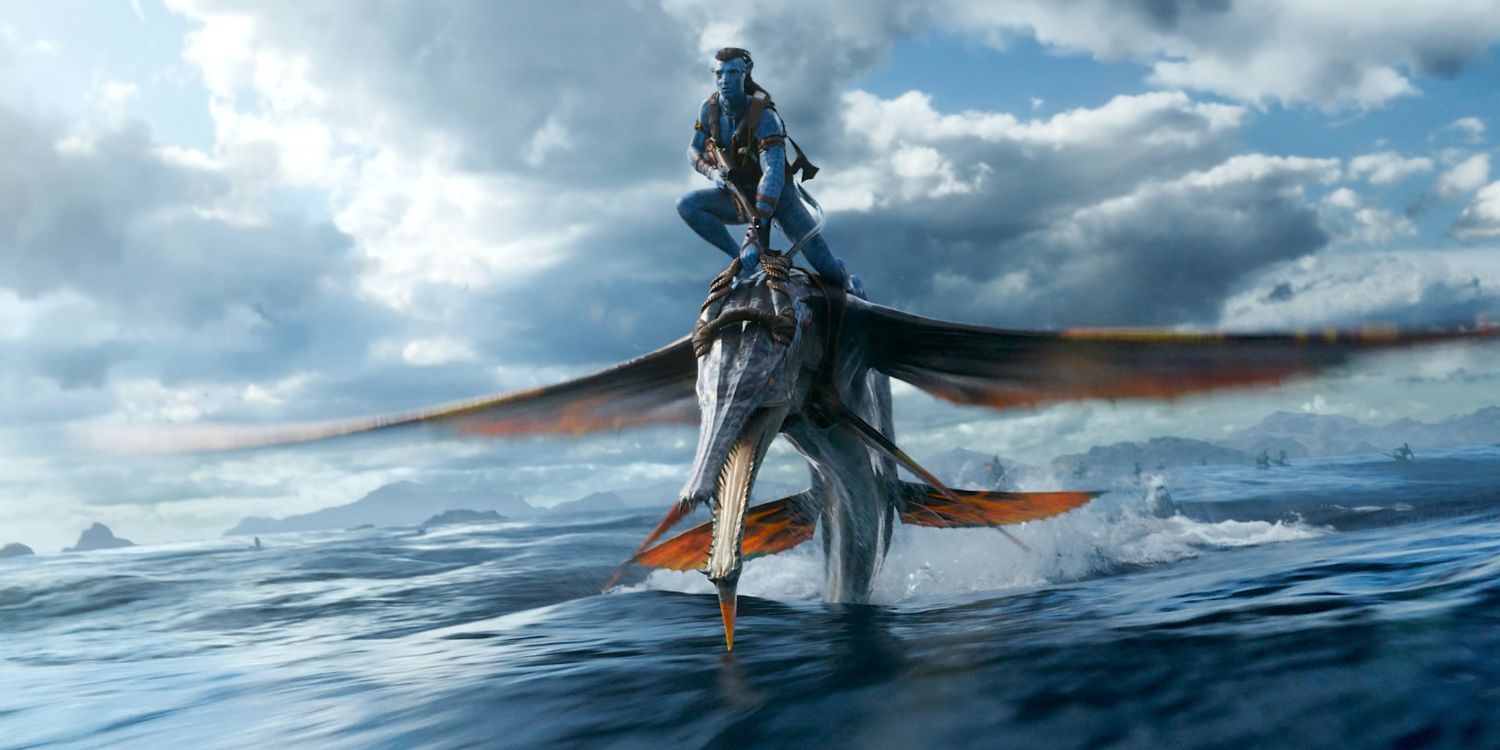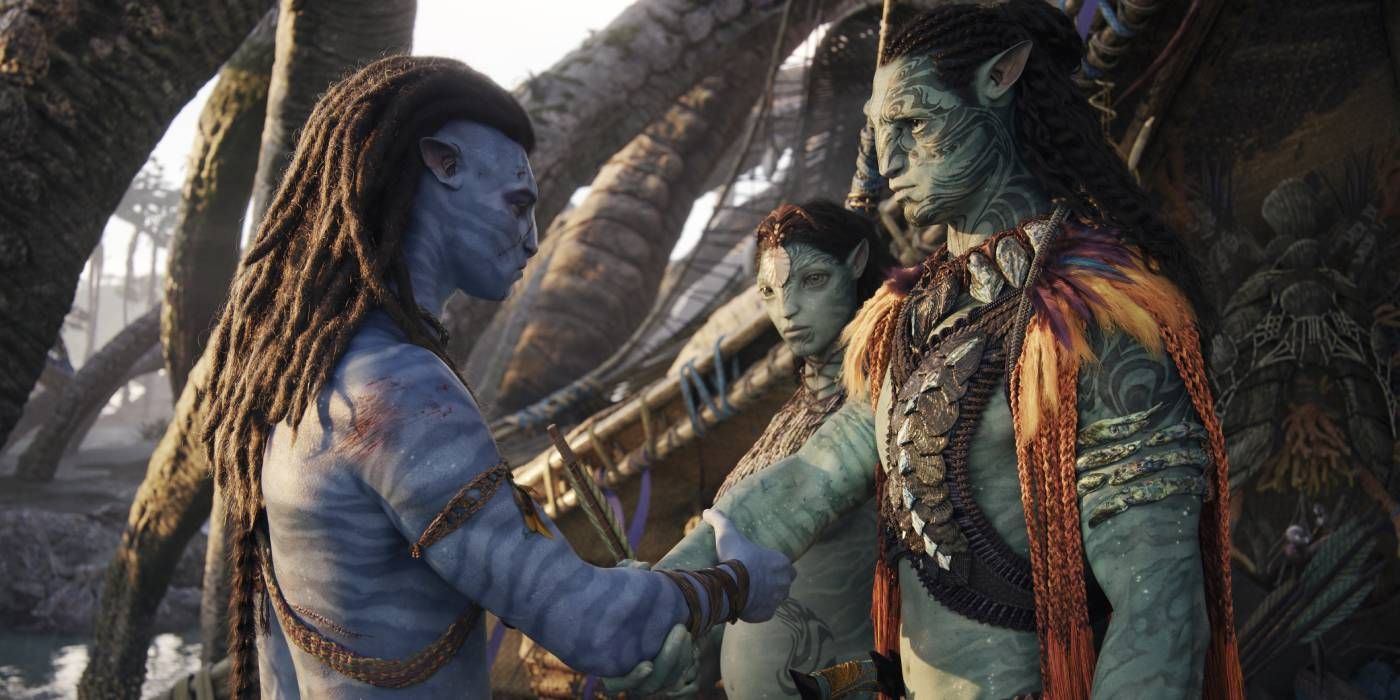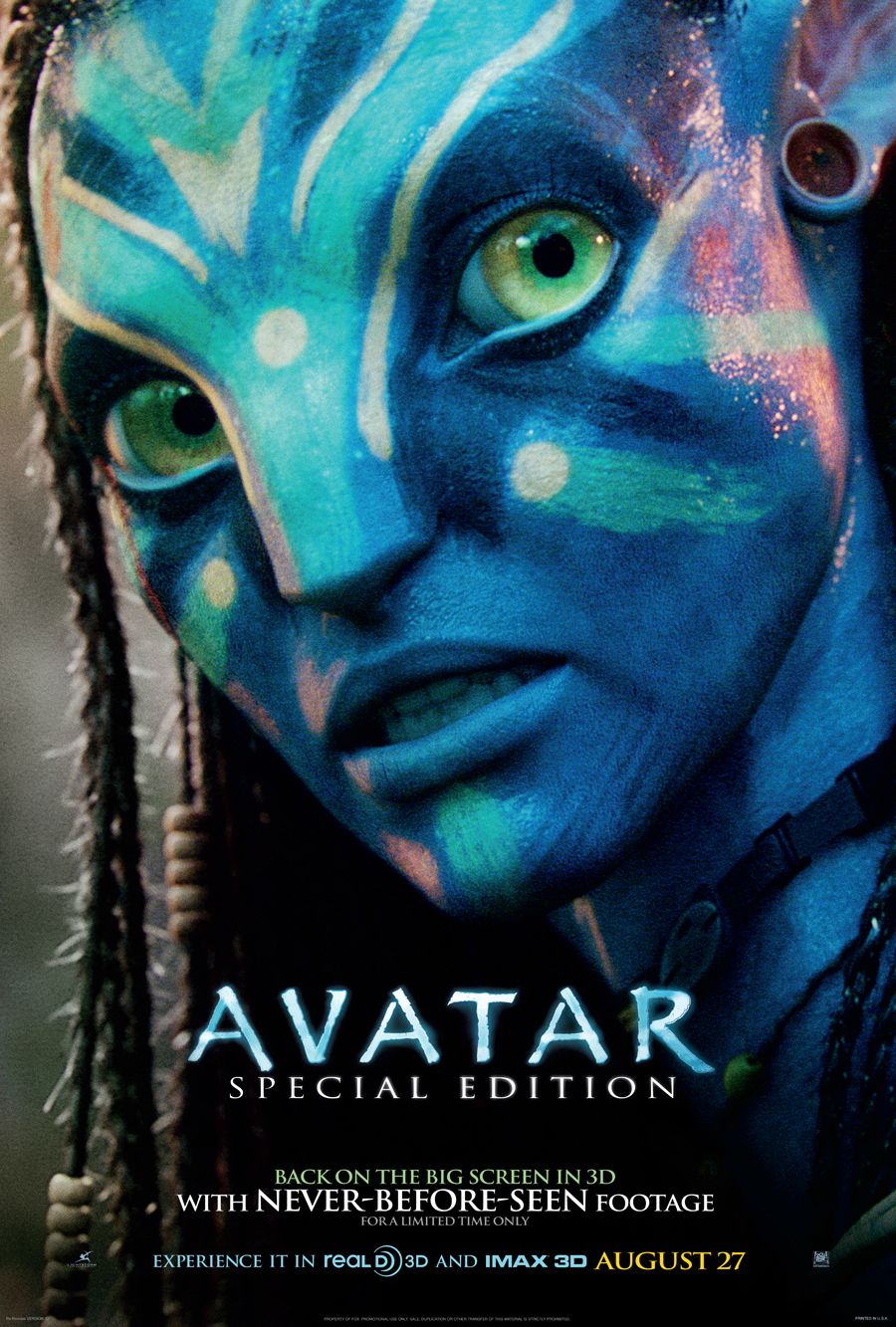Thirteen years after Avatar, James Cameron's Avatar: The Way of Water returns audiences to Pandora with dramatically improved visuals compared to its predecessor, paving the way for Avatar 3's release in 2024. A film ahead of its time in 2009, Avatar was a technological marvel due to its use of motion-capture techniques and highly detailed CGI. Cameron's Avatar also represented a milestone for 3-D filmmaking, becoming the world's highest-grossing movie ever. Like the first movie, Avatar: The Way of Water uses its spectacular visuals as its selling point and demonstrates the industry's most cutting-edge technology.
Despite its astronomical popularity, Avatar doesn't offer much aside from its visual appeal. Its sci-fi story centers on humans invading the Na'vi's world of Pandora, but it doesn't delve deeper into its themes of environmentalism and the colonization of Indigenous peoples. Avatar: The Way of Water ditches the forest for the ocean, however, its narrative remains just as shallow as the first film. Avatar 3's conjoined filming with The Way of Water enables a much shorter gap between films, but without 13 years of technological advancement spearheading its public appeal, Avatar 3 must rely on a strategy different from the franchise's first two films.
Avatar 3 Cannot Rely On Impressive CGI & Tech To Attract Audiences
In terms of visual quality, Avatar 3 will not improve as drastically from Avatar: The Way of Water as the latter does from Avatar. Avatar: The Way of Water's modernized 3D, underwater effects, and high frame rate during action sequences visually differentiate it from Avatar. Releasing just two years after Avatar 2, Avatar 3 cannot appeal to audiences as a state-of-the-art cinematic experience in the same way its predecessors did.
Avatar 3 may feature new scenery employing advanced visual techniques similar to Avatar: The Way of Water's shift to underwater sequences. However, Avatar 3's impact will not be as seismic if it does not improve other aspects of the franchise. Thus, for Avatar to captivate audiences for a third time, it must principally rely on storytelling rather than visuals.
Avatar’s Storytelling Issues Are Worse After The Way Of Water
Avatar: The Way of Water's failure to advance its storytelling to complement its visuals makes Avatar 3's challenge daunting. Aside from introducing some new characters, locations, and Na'vi clans to the Avatar world, Avatar: The Way of Water doesn't accomplish nearly enough narrative-wise as it should over its more than three-hour-long runtime. The addition of family dynamics and a new Na'vi clan doesn't make up for the film's limited character arcs and a plot structure far too similar to that of Avatar.
Avatar 3 represents the franchise's ultimate test. The movie's reception will determine whether visuals alone are enough to satisfy audiences when the CGI isn't astoundingly new. Avatar 3 will undoubtedly be a visual masterpiece akin to Avatar and Avatar: The Way of Water, but it must also explore its characters and world beyond their superficial elements. Avatar: The Way of Water proves Cameron's talent as an innovative director, but the verdict on Avatar 3 will come down to the film's substance.




